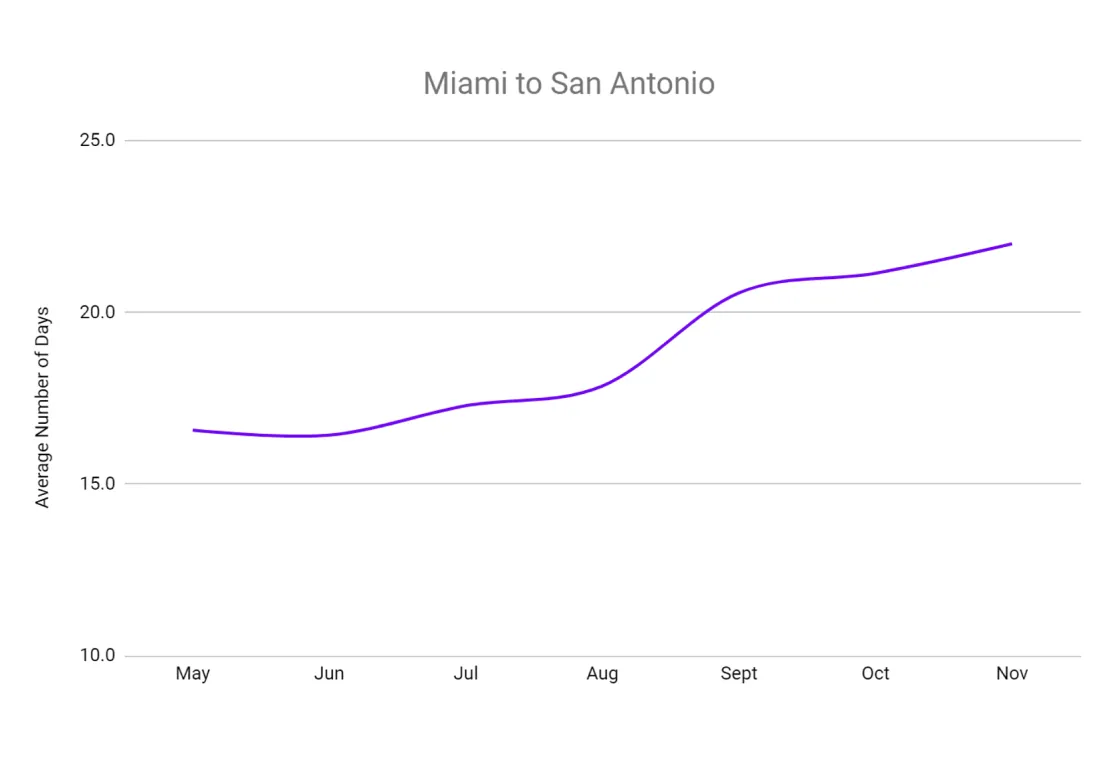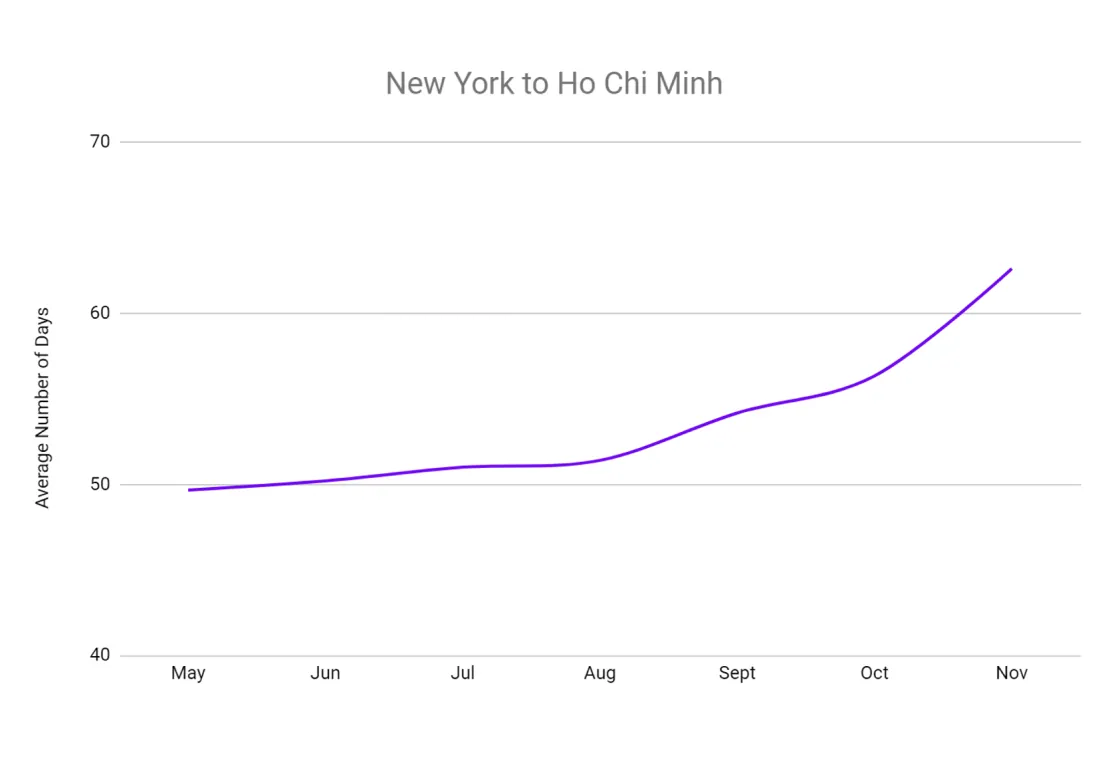Webinars & Videos
Watch videos featuring supply chain experts
In an unexpected turn of events, the Panama Canal, a crucial player in the world of global trade, is grappling with a severe drought. Known for connecting the Atlantic and Pacific Oceans, the canal now confronts a significant challenge: sending shockwaves through the supply chain industry. This insight sheds light on the far-reaching consequences of the Panama Canal drought on global supply chains. Serving as a vital route for maritime trade, the canal's troubles have a ripple effect, touching shipping companies, manufacturers, retailers, and consumers on a global scale.
As a supply chain intelligence provider, it is crucial to unravel the impacts of the ongoing drought in the Panama Canal. The region's lack of rainfall has led to a noticeable drop in water levels, directly affecting the canal's day-to-day operations since August. Ships have to wait in line for days to cross the canal or pay heavier fees to skip in front and avoid delays. Events like the drought and the Red Sea crisis in turn will have effects on the end consumers in terms of longer wait times or increased costs. In a rapidly changing landscape, understanding the challenges posed by nature is crucial. We look at the consequences of the Panama Canal drought using data from Trademo Intel, and examining the shipping schedules and transit times of trade routes relying on the canal to find the increasing number of days it took for cargo to move, from May-Nov 2023.
Analyzing trade data between Chile and the eastern coast of the US, we look at the number of days it took shipments between Miami and San Antonio to complete their journey. This route passes through the Panama Canal and the data was fetched by averaging transit times of more than 30 different shipments. Comparing timelines from May-Nov 2023, it becomes clear there is a substantial increase in transit time, specifically of 32.8%. This number reflects the growing concerns regarding delays in the cross-American trade routes.

Shipments took roughly 16 days to reach their destination in May-June, and that number has jumped to 21 to 22 days in October-November, signifying the severe impact on global trade. The highest Month-on-Month jump was in September, with a spike of about 15% in transit times. This trend will keep increasing till mid-2024 when the next rainy season hits Panama and until then, will impact raw materials imports to the US from South America, and commodity and finished goods exports the other way around.
To analyze Trans-Pacific supply chain trends, data from US-Vietnam trade from the Pacific Ocean was considered. A rising graph from August shows the continually delayed shipment transit times between East Asia and the eastern coast of the US. Between May and November, there has been a rise of about 26% in the average shipping timelines. Being a high-priority trade route, the stakes are much higher for shipments traversing through this path.

It took almost 50 days for shipments to transit through the Pacific to the New York/Newark area in May-June. This number has risen to over 60 days by November. The highest Month-on-Month jump was in November itself, being around 11%. September and October had a gradual rise of about 4-5% each, proving the droughts have affected the route since August.
Global supply chain players should respond to the dynamic situation prompting a collective search for solutions to bolster supply chain resilience in the face of adversity. Rerouting maritime shipments across continents will only add to the cost and delays. An alternative is to move cargo trans-continent between coasts by road, which is still time-consuming and adds to the logistical headache. Another solution is to look for new global buyers and suppliers, which adds weight to the hands of sourcing and business development teams. This is where Trademo Intel provides the hassle-free experience of looking at global markets and supply chains to easily identify alternates. With trade data of more than 1.8 billion shipments across 10 million companies worldwide, drawing deep insights and identifying trends such as this, as well as finding new trade partners and markets becomes easier. See how data from Trademo Intel helped unravel interesting insights on the Israel-Hamas war to learn more ways global supply chain data can shape business landscapes.